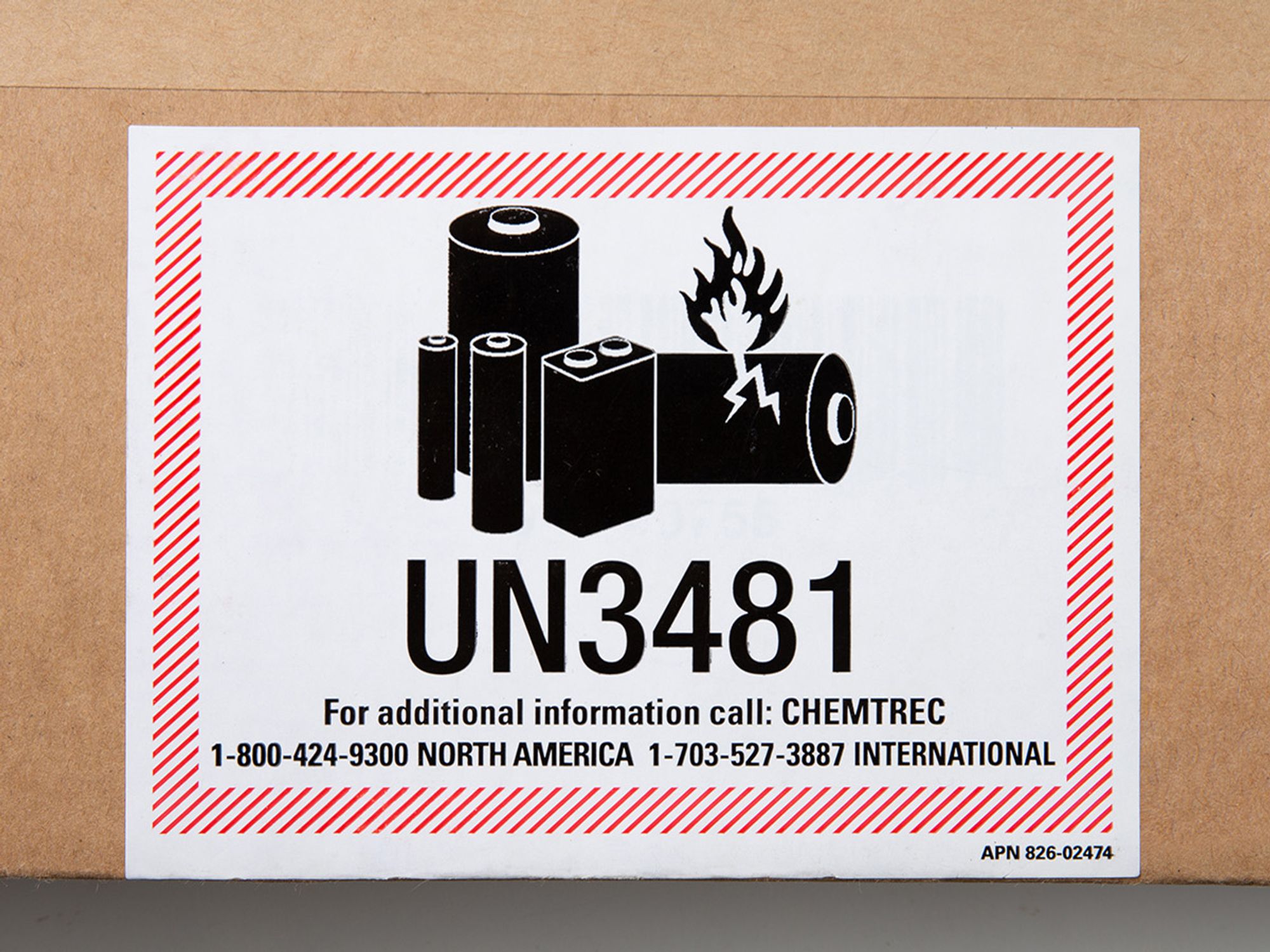InstituteHazmat: AirIn Depth Sub Topics (Level 4)Hazmat SafetyHazmat EdgeFocus AreaUSAEnglishAnalysisTransportationHazmat: Air
Forbidden dangerous goods under IATA
['Hazmat: Air']

- Substances with certain properties (for example, likely to explode, dangerously react, or emit toxic gases or vapors) may not be transported on aircraft, except under limited circumstances.
The International Air Transport Association (IATA) Dangerous Goods Regulations (DGR) have forbidden substances with the following characteristics from being transported on aircraft. Substances are not permitted to be shipped if they are likely to:
- Explode,
- Dangerously react,
- Produce a flame or dangerous evolution of heat, or
- Emit toxic, corrosive, or flammable gases or vapors.
Substances known to meet the description above are included in the List of Dangerous Goods in the IATA DGR Section 4.2. They are listed in light type (not bold) and contain the word “Forbidden” shown in Columns G – L.
Some dangerous goods may still be transported by air if listed as “Forbidden” in the List of Dangerous Goods if exempted by the appropriate country authority. The dangerous goods include:
- Radioactive material which is:
- In vented type B(M) packages,
- In packages which require external cooling by an ancillary cooling system,
- In packages subject to operational controls during transport,
- Explosive, or
- A pyrophoric liquid.
- Unless otherwise provided, articles and substances (including those described as “not otherwise specified”) with a UN number, which are identified in the List of Dangerous Goods as being forbidden.
- Infected live animals.
- Liquids having a vapor inhalation toxicity which require Packing Group I packaging.
- Substances that are offered for transport in a liquid state at temperatures equal to or exceeding 100°C, or in a solid state at temperatures equal to or exceeding 240°C.
- Any other articles or substance as specified by the appropriate national authority.
